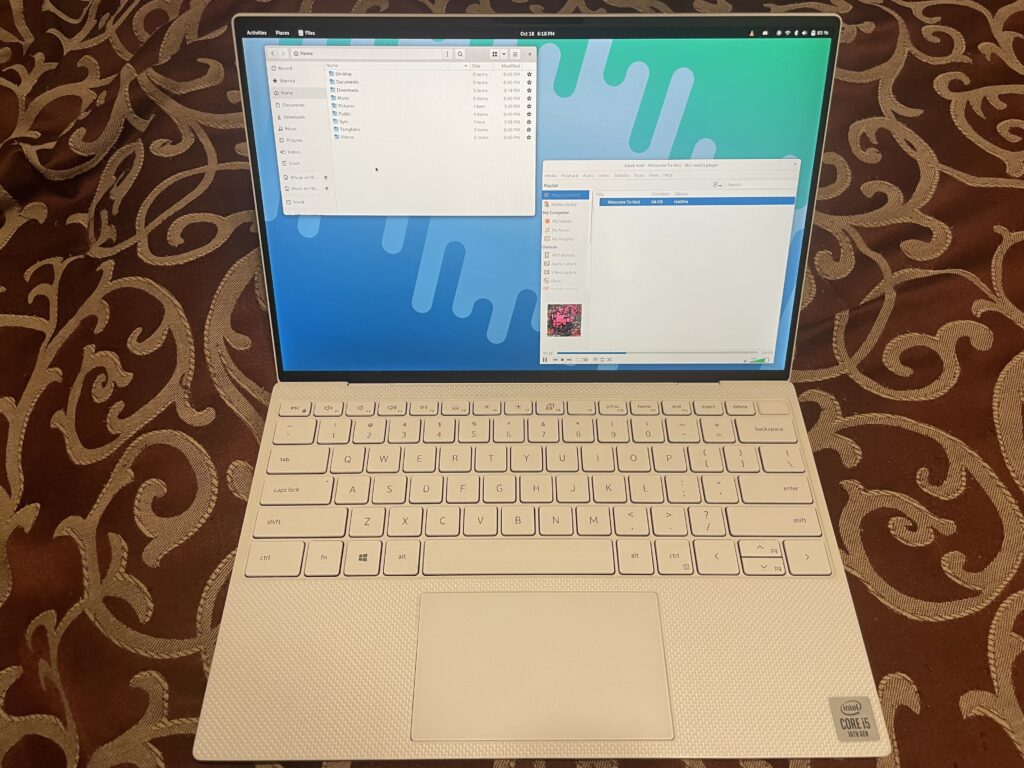Rosetta on Linux has been great for me, as someone who switched to an ARM Mac and sometimes develops in a VM. This is because my dayjob often involves debugging a proprietary database driver that only has x86 and PowerPC versions available for Linux, not 64-bit ARM. However, while Rosetta can make it easy to run x86 binaries, it’s not as obvious how to debug them. If you naively try running GDB on your x86 program, you get errors like:
warning: `/lib64/ld-linux-x86-64.so.2': Shared library architecture unknown is not compatible with target architecture aarch64.
warning: `/lib64/ld-linux-x86-64.so.2': Shared library architecture unknown is not compatible with target architecture aarch64.
Warning:
Cannot insert breakpoint -1.
Cannot access memory at address 0x66ec48This is because you’re attaching to the Rosetta binary, which causes all sorts of confusion for GDB. Turns out, Rosetta does actually have a way to handle this.
Continue reading